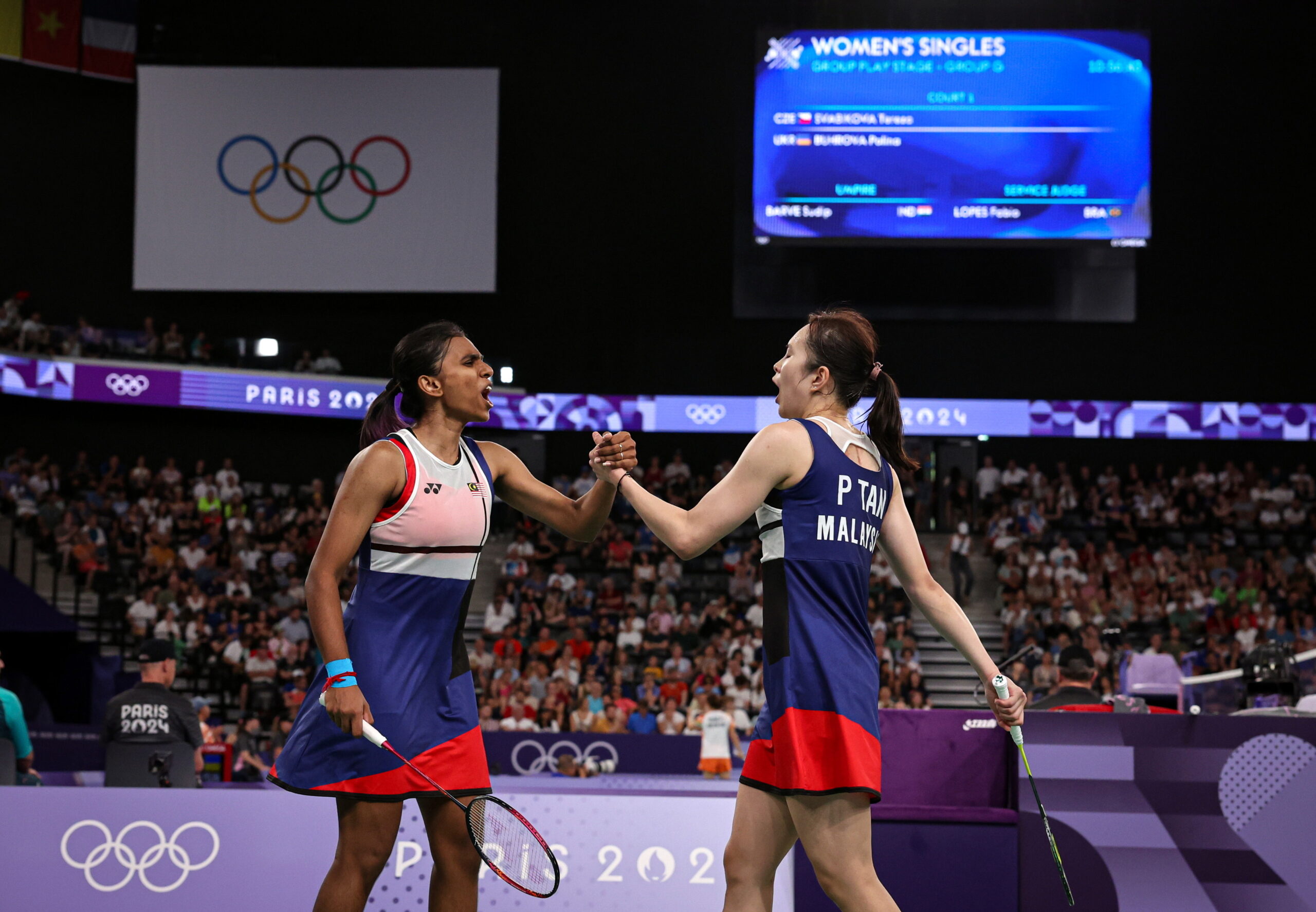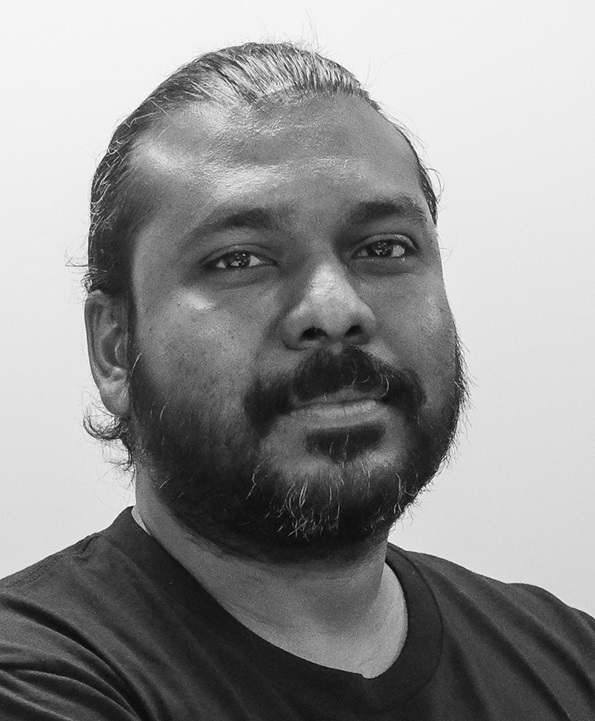KUALA LUMPUR — If more of Malaysia’s top badminton players choose to leave the national setup, will major sponsors continue to back the Badminton Association of Malaysia (BAM)?
That’s the uncomfortable question hanging over the sport, as women’s doubles pair Pearly Tan and M. Thinaah are reportedly considering a move to go independent.
Word within badminton circles is that their future with BAM could be decided after the upcoming Sudirman Cup in Xiamen, China, later this month.
The duo, who made history by reaching the semi-finals of the 2024 Paris Olympics, are believed to be at a crossroads: stay within BAM’s structured environment or follow the growing trend of professional players carving out their own paths.
Speaking on Scoop’s sports podcast Sport Check recently, former internationals Datuk James Selvaraj and Chong Wei Feng offered perspectives on the shifting landscape—and what it could mean for both the players and BAM.
“It’s a new trend in Malaysia,” said Wei Feng, who now runs his own badminton academy, Shuttle Flash.
“During our time, players didn’t leave the national setup. But now, more are turning professional. It really depends on how they want to deal with sponsors—and with BAM.”
James, who had a brief stint as BAM’s high-performance director (2010–2012), expressed concern over the long-term implications.
“It’s sad to see this happening. Whether it’s good for the players or for BAM, that’s up to both parties. Pearly and Thinaah want to play at the 2028 Olympics, but after that, they’ll be in their 30s. These next three years are their peak—so what should they do?”
He pointed out the key difference between staying and going: security.
“When you’re with BAM, everything is taken care of—entries, salaries, meals. Outside, you’re on your own. Even if you have a coach, you have to manage everything yourself.”

According to James, the financial lure of going independent is real. Just last year, men’s doubles duo Goh Sze Fei and Nur Izzuddin Rumsani left BAM—and have since climbed to world number two.
Reportedly, Pearly and Thinaah are seeking a pay rise from BAM to match the top earners, said to be in the region of RM2 million a year.
“Within BAM, they’ll earn a certain amount. Outside, it could be double or triple. But they need the right setup to succeed. That means a strong team, communication, planning—and that costs money.”
James sympathised with their situation but also played devil’s advocate.
“I’m sure the girls want to play for the country, but they’re probably not being paid enough. So they look outside and think the grass is greener. But they have to be sure. If they leave and don’t get it right, that’s the end of it.”
He stressed the importance of psychological support when making such crucial decisions.
“All these years I’ve been saying BAM needs a psychologist. Finally, they’ve hired one full-time through the National Sports Institute (NSI). Maybe that can help Pearly and Thinaah gain some clarity—sport psychology is different, and it could benefit both the players and BAM.”

Comparisons with men’s singles star Lee Zii Jia, who reportedly secured a RM7 million deal over five years after going pro in 2022, are inevitable. But James warned that not everyone can replicate that model.
“I watch tennis—every top player has their own team. Even (Novak) Djokovic. Ideally, all our top shuttlers should have that. Imagine Sze Fei and Izzuddin with their own support staff—they’d be even better. But how many can afford it?”
Wei Feng agreed: “It’s better to have a full team, but the cost is really high. Zii Jia is different—he got a great deal.”
James summed up the situation as a gamble.
“It’s 50-50. Can BAM convince them (Pearly and Thinaah) to stay? If the coaches are helping them, why rock the boat? But if they walk away, they’d better be sure they can build the right team. Otherwise, it could all fall apart.”
And if Pearly and Thinaah do leave, what message will that send? As James bluntly put it: “If BAM loses all their top players, which sponsors are going to stay on?” — April 16, 2025


